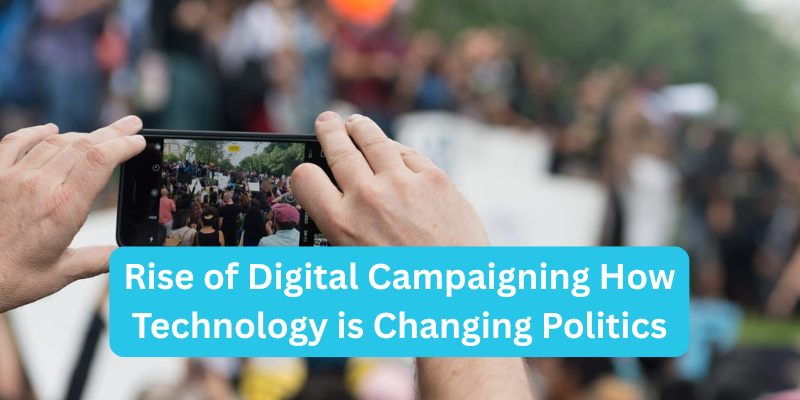In 2025, political campaigns look vastly different from what they did just a decade ago. Door-to-door canvassing, traditional TV ads, and printed flyers still exist—but they’re no longer the dominant forces in political outreach. Today, technology is not just supporting political campaigns; it’s redefining them.
From viral tweets to AI-generated campaign messages, from hyper-targeted ads to virtual town halls, digital campaigning has become the backbone of modern political strategy. This evolution isn’t just about new platforms—it’s about a complete transformation in how political narratives are crafted, shared, and received by the public.
In this article, we explore how technology is reshaping politics, what tools are being used, and what this means for democracy in the digital age.
The Shift from Traditional to Digital Campaigning
Campaigning used to be about knocking on doors, mailing flyers, and hosting in-person rallies. While these methods haven’t disappeared, they’ve taken a backseat to newer, faster, and more cost-effective digital alternatives.
Today’s campaigns can reach millions of voters with a single click. Social media has given political figures direct channels to their audiences, bypassing traditional media gatekeepers. This has democratized access to information—but also raised questions about accuracy, bias, and accountability.
What makes digital campaigning so effective is its immediacy. Politicians can respond to breaking news, adapt their messaging in real time, and engage voters in more personal ways than ever before.
Social Media: The Modern-Day Political Battlefield
Platforms like Twitter, Facebook, TikTok, and Instagram are no longer just for influencers—they’re strategic hubs for political communication. A well-timed tweet can make headlines; a viral video can sway public opinion. In some cases, a single social media moment can change the trajectory of a campaign.
Candidates use social platforms not just for visibility, but to build emotional connections. Live-streamed Q&A sessions, behind-the-scenes content, and “relatable” posts help humanize public figures in a way that traditional media often cannot.
But this also opens the door to disinformation, fake news, and echo chambers. The same tools that allow politicians to connect also allow bad actors to manipulate.
Data-Driven Targeting and Predictive Analytics
One of the most powerful aspects of digital campaigning is the ability to target voters with surgical precision. Using big data and predictive analytics, campaigns can identify likely supporters, undecided voters, and even those who may be persuaded with the right message.
Data pulled from social media activity, browsing behavior, online surveys, and consumer profiles is analyzed to tailor campaign content down to the individual level. Emails, texts, ads, and even door-to-door scripts are informed by this intelligence.
This hyper-targeting increases efficiency and reduces waste, but it also raises ethical concerns about privacy and manipulation. Critics argue that voters are being micro-manipulated, often without full awareness.
Artificial Intelligence and Automation in Political Messaging
Artificial intelligence has quietly entered the campaign war room. From automating email sequences to generating personalized replies on social media, AI tools help campaigns scale outreach without sacrificing a personal touch.
Some campaigns even use natural language models to draft speeches, generate policy responses, or simulate public reaction to proposed messaging. Chatbots powered by AI answer voter questions 24/7, while image recognition software helps analyze crowd reactions during rallies.
In 2025, some campaigns are experimenting with AI-generated avatars to deliver messages in multiple languages or sign language—breaking down barriers and increasing inclusivity.
Virtual Events and the New Town Hall
COVID-19 accelerated the adoption of virtual campaign events, and in 2025, they’re still going strong. Virtual town halls, livestreamed debates, and digital fundraisers have become staples of the political calendar.
Not only do these events cost less to organize, but they also expand reach. Voters from rural areas, those with mobility issues, or people balancing family and work obligations can now participate in political discourse without stepping outside their homes.
Candidates now think about their “digital stage” as much as they think about physical venues. Backgrounds, lighting, and internet connections are as critical as sound systems and podiums.
—
The Rise of Influencer Politics
In the age of social media, influencers are no longer just endorsing products—they’re endorsing policies, causes, and candidates. Many political campaigns now collaborate with micro- and macro-influencers to reach specific demographics, especially younger voters.
These influencers often have stronger engagement than official campaign pages. Their followers trust their opinions, making them powerful allies—or formidable opponents—in the political arena.
It’s not uncommon in 2025 to see TikTok creators breaking down complex policy proposals or Twitch streamers hosting live discussions on voter rights.
Cybersecurity and Trust in the Digital Age
With so much of the campaign infrastructure moving online, cybersecurity has become a critical issue. Hacking, phishing, and data breaches can not only compromise campaign strategies but also erode public trust.
Election officials and political organizations are investing in stronger digital defenses, using blockchain voting experiments, secure cloud infrastructure, and AI-driven threat detection. Still, the public remains wary—especially after several high-profile cyber incidents in recent years.
Protecting the integrity of digital campaigning is not just a technical issue—it’s a democratic imperative.
Pros and Cons of the Digital Campaign Era
While digital tools have undoubtedly made campaigning more dynamic and accessible, they also come with drawbacks. Misinformation can spread rapidly, digital fatigue can disengage voters, and the digital divide can leave some communities behind.
The challenge for political leaders is to strike a balance—embracing the opportunities of technology without compromising the transparency, fairness, and inclusivity that democracy demands.
Final Thoughts
Digital campaigning is no longer an experiment—it’s the new normal. Technology has made politics more accessible, interactive, and data-driven than ever before. But with these advancements come new responsibilities. As we continue to navigate this digital-first political era, it’s crucial to ensure that innovation doesn’t come at the cost of integrity, inclusivity, or truth.
The real question moving forward is not whether technology will continue to shape politics—but how we, as citizens and leaders, will shape the technology that guides our democracy.
Most Asked Questions About Digital Campaigning
Q1. How has social media changed political campaigning?
Answer: Social media allows candidates to communicate directly with voters, build emotional connections, and mobilize support instantly. Campaigns now rely heavily on platforms like Twitter, Instagram, TikTok, and Facebook to distribute content, announce policy updates, and interact with the public in real time. However, this direct communication also brings challenges, including misinformation, trolling, and the viral spread of fake news.
Q2. What role does data play in modern political campaigns?
Answer: Data analytics is at the heart of modern political strategy. Campaigns collect and analyze voter information to segment audiences, tailor messages, predict voter behavior, and allocate resources more efficiently. From email outreach to ad placement, data helps campaigns speak to individuals in highly personalized ways. While this boosts effectiveness, it also raises ethical concerns around privacy and consent.
Q3. Are virtual campaign events as effective as in-person ones?
Answer: Yes, in many cases, virtual events have proven just as effective—if not more—in terms of reach and accessibility. Live-streamed town halls, webinars, and digital rallies can engage voters who might not attend physical events due to distance, health concerns, or scheduling conflicts. Virtual formats also reduce logistical costs and allow for faster organization.
4. How are campaigns using AI?
Answer: Artificial intelligence is used in multiple areas of campaigning—from generating email content and analyzing social sentiment to automating chatbot responses and simulating voter reactions. Some advanced campaigns even deploy AI avatars to deliver multilingual messages or host virtual Q&A sessions. This allows for consistent, scalable communication, but also demands transparency to avoid voter manipulation.
Q5. What risks come with digital campaigning?
Answer: Digital campaigning opens the door to cyberattacks, data breaches, and the rapid spread of misinformation. There’s also the issue of micro-targeting, which can be used to manipulate specific voter groups with biased or misleading content. Additionally, communities without reliable internet access may be left behind, exacerbating the digital divide. Cybersecurity and ethical data practices are essential to maintaining public trust.





